On October 29th, the first definitive biography of MF DOOM will be published by Astra House. Written by veteran journalist S. H. Fernando Jr., The Chronicles of DOOM tells the story of how Long Beach-native Daniel Dumile Jr. became MF DOOM, one of the most mysterious and beloved figures in hip-hop.
Read an exclusive excerpt from the book below. This excerpt details a particularly vulnerable moment for the legendary rap figure: the period of time when Dumile Jr. was transitioning from Zev Love X of KMD to MF DOOM.
Intro
Following the untimely passing of his brother Dingilizwe (aka Subroc), and getting dropped by his record label, MF DOOM dropped out of sight for several years as he found himself unmoored, depressed, and trying to figure out what to do with his life. Biding time in a rented apartment in Manhattan with his other brother Dimbaza Dumile and doing a lot of thinking—and psychedelics—his money finally ran out and he had no choice but to return to his father’s house in Long Island.
Excerpt from Chapter 9, “Suspended Animation”
“So, 1995, I guess we’re in Freeport again,” says Dimbaza, “My father bought a crappy house—a piece of work—but it was a house, and we can always be there, right? So, he’s basically living back at his dad’s house.”
The younger Dumile refers to this period as his brother’s “John Coltrane phase,” as he was spending a lot of time around the house, doing little else besides reading and a lot of thinking, accompanied by daytime drinking to the tune of Trane, Pharaoh Sanders, and Ornette Coleman courtesy of an AM jazz station. “We drinking liquor that we stole from my uncle,” says Dimbaza. “We seen those bottles of liquor sitting there at my uncle’s fuckin’ bar since we little as hell, and you know he ain’t drinking that shit.” So, the brothers helped themselves, switching up from psychedelics to scotch.

Astra House
While it may have seemed like DOOM was tuned out, he was always, at least subconsciously, affected by his environment—especially whatever information or stimuli he was receiving. Later on, he would observe, “People like Ornette Coleman or John Coltrane chose to go in a direction that people couldn’t accept. But now, their stuff’s seen as classic. That helped to show me that even if people don’t get what I’m doin’ now, they’ll get it eventually.”
Despite having his basic studio setup intact, he was still not inspired to create. “DOOM was in a low right now musically,” according to Dimbaza. “He wasn’t making music.” Knowing his brother only too well, he felt an obligation to remedy the situation. One day while messing around on the turntables looking for samples, Dimbaza cued up a copy of the Spinners’ 1978 album Mighty Love. Dropping the needle on the second song on side one, “Ain’t No Price on Happiness,” made his ears instantly perk up since its opening bars sounded like a dope loop. When he tried to get DOOM’s attention, however, his brother initially brushed him off.
“I was like talking to DOOM, and he sounded down and during this down conversation—’cause it was a very bluesy time, you know, for both of us—he is trying to talk like he ain’t, you know, he don’t got no music,” says Dimbaza, who pressed him to listen to what he had found. “I got him out of that bluesy conversation to come over to the record player and listen to the sample,” he says. “And thank fuckin’ God he heard what I heard and immediately started working on it. He didn’t let his Debbie Downer attitude be like, ‘It’s dope, but I’m gonna work on it in the morning.’ He started working on it and he made ‘Go with the Flow.’”
DOOM paired the Spinners loop with the staccato drum track of Kool G Rap & DJ Polo’s “Truly Yours” from the album Road to the Riches. In the song’s opening ad-lib, G Rap says, “Go with the flow,” which DOOM also samples, thus explaining the track title as well.
Though songs like “Dead Bent” and “Gas Drawls” were subsequently credited as being the first official MF DOOM recordings, both were originally made in 1994 during the Black Bastards sessions, according to Dimbaza. “‘Go with the Flow,’” he says, “kind of came after that and that’s when he started accumulating songs.” It marked a definite breakthrough for his brother, and the first time in a while that he approached music with renewed zeal and energy.
But if there was an even more important eureka moment for DOOM during that summer of 1995 back in Freeport, he revealed it to journalist and label owner Peter Agoston many years later. “Summertime, it was a beautiful day out, and I’m trying to think of shit,” he said. “It just hit me one day. If I was to come back, it would have to be as DOOM. It just popped in my head, like if I ever get a chance to really do it again, that’s how I would do it—on the surface level, on the public level.”
He further elaborated, “You know in a lot of ways it prevents a lot of bullshit from happening. Like a lot of bullshit associated with this particular genre of music, you know what I mean—paparazzi, the haters, whatever fuckin’ bullshit. In any other writing job, you don’t get this shit, but this rap shit, it’s almost like people expect you to be the dude you writin’. Like, I’m a writer, yo, I write for different characters, know what I’m sayin’?” As if a switch had flipped in his mind, he acknowledged the important distinction between himself, the person known as Daniel Dumile, and the character he was portraying.
DOOM had arrived at this conclusion by really digging deep to analyze the essence of rap’s appeal. “So, I’m like, I take a look back at that shit and I say, ‘OK, what is it that people like about what we do?’ It’s rhyming, the way we fuck with the words on the beat. None of that other shit in between matters at all,” he said, citing trivialities like where you’re from or what you’re wearing. “So, I’m like, if people want to hear raw rhymes—and the iller the rhymes [the better]— you could come with anything and get the light, catch the wreck. So, I’ma test that theory. Let me change my name, all that, come out as a totally different motherfucker, totally new style, not ride the coattails of KMD—I mean there was good stuff that we did, but I wanted to just go in another direction. So, all right, boom, you do the DOOM and see how the public takes it.” This realization proved to be transformative. Of course, he was still broke and without the means to put out his music, but, at least, he had found a way forward. “I’m totally designing the character from scratch, but to me, I was having fun,” he said. He probably hadn’t admitted as much in years.
 2 months ago
12
2 months ago
12


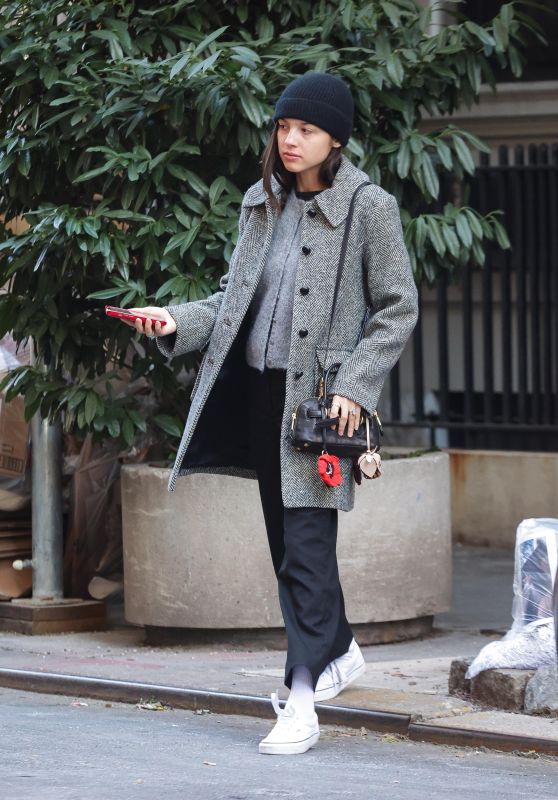
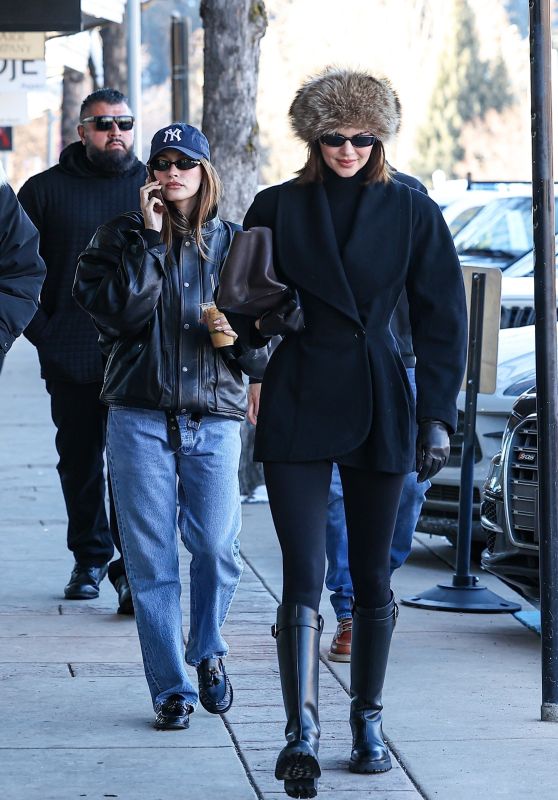

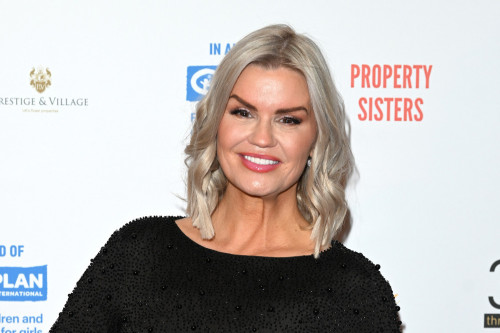




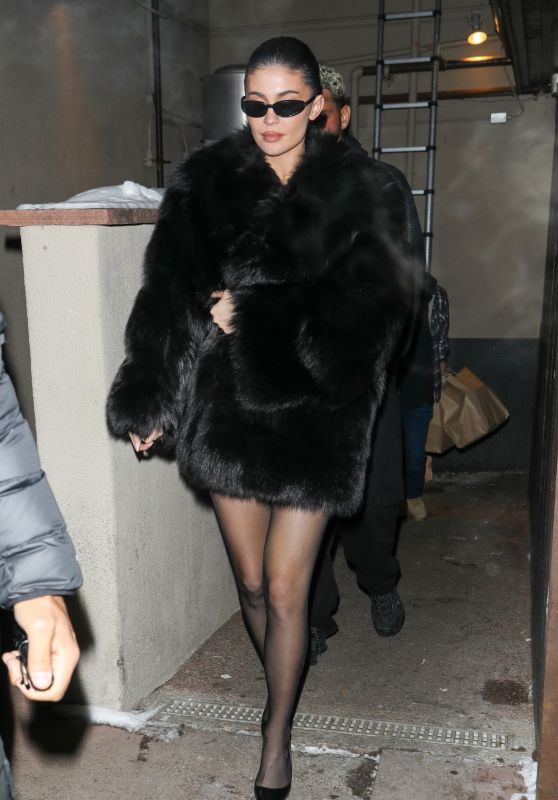
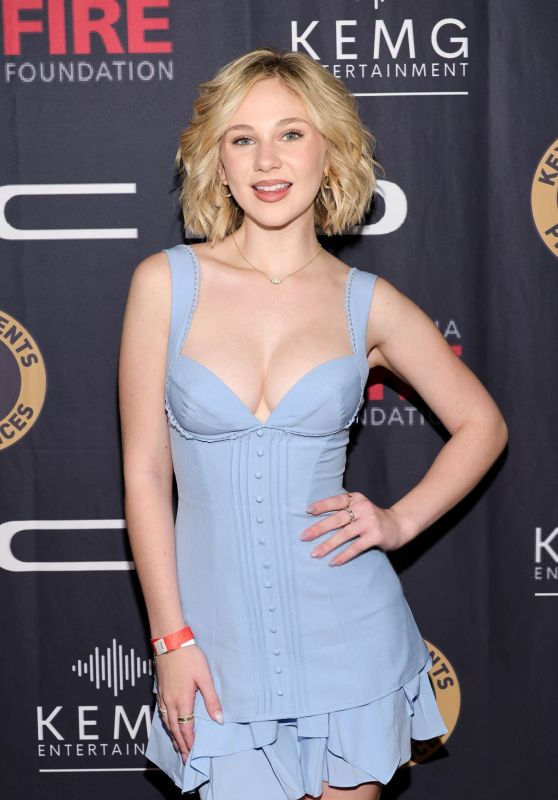








 English (US) ·
English (US) ·